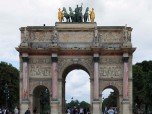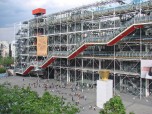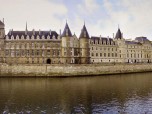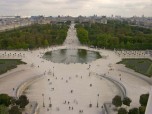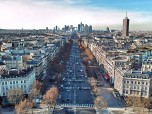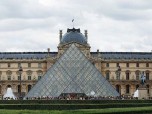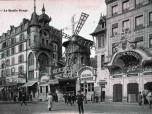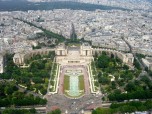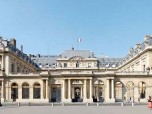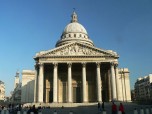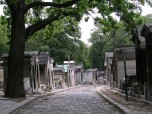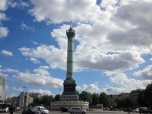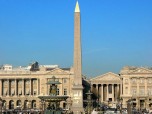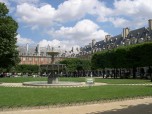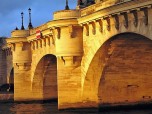Les Invalides is famous as the final resting place of Napoleon, whose sarcophagus rests beneath the great dome and is famously made of red quartzite set on plinth of green granite. Yet, Les Invalides is actually a group of buildings dedicated to France’s military history. Its original purpose was as a home and hospital for her elderly and impoverished warriors, but now it has museums, tombs and vaults for those who died in battle. The front faces the Seine River and is about 643 feet long. At its height, Les Invalides sheltered about 4,000 veterans.
Beginnings
Les Invalides was commissioned by Louis XIV in 1670 to house old and sick soldiers. It was also set up as a hospital to treat them. The architect was originally Liberal Bruant, who was later joined by Jules Hardouin Mansart, who completed the chapel of Saint-Louis in 1679 after Bruant’s death. All the soldiers in residence had to attend mass there every day. The King then ordered Mansart to build the Église du Dôme, the royal chapel. Its 351 foot high dome was based on the dome of St. Peter’s Basilica and soars over the building’s court of honor where military parades were held. The inside of the dome was painted by Charles de La Fosse. Originally, only the royal family could worship in the Église du Dôme. The dome of Les Invalides inspired that of the Capitol Building in Washington D.C.
Les Invalides was a retirement home until the late 19th century, when the Artillery Museum and the Historical Museum of the Armies were built. By 1905, they had joined to become the Musée de l’Armée. The veterans, whose numbers were dwindling, were relocated. However, there are still residences for elderly or injured soldiers.
Who’s Who
Besides Napoleon, other people who are buried at Les Invalides include Henri Gratien, a general who was with Napoleon when he was exiled to Elba and St Helena. Also buried here are Joseph and Jerome Bonaparte, Napoleon’s brothers, and Napoleon’s son, Napoleon II. Other notables are Claude Joseph Rouget de Lisle, who wrote La Marseillaise, Ferdinand Foch, who was the Supreme Commander of the Allies in World War I, and Philippe Leclerc de Hauteclocque, the Marshal of France in World War II. Some of the tombs are quite elaborate, especially when compared to Napoleon’s, which is unadorned. Other war heroes are interred in vaults. Interestingly, some only have their hearts kept at Les Invalides with the rest of their remains kept elsewhere.
The Museums
The Musée de l’Armée flanks the court of honor and deals with the history of the military from the Medieval period till World War II. It doesn’t just deal with French military history, but contains military artifacts from other countries as well. One of the prize collections is the sumptuous armor of the Chinese Emperor Qianlong.
The Musée des Plans-Reliefs displays models of fortresses and cities from the 17th century. These were actually used to help fortify cities and were commissioned by Louis XIV. At first they were kept in the Louvre, but then moved to Les Invalides in 1777.
The Musée de l’ordre de la Libération takes visitors on the journey to liberate France during World War II and is dedicated to Charles de Gaulle.


